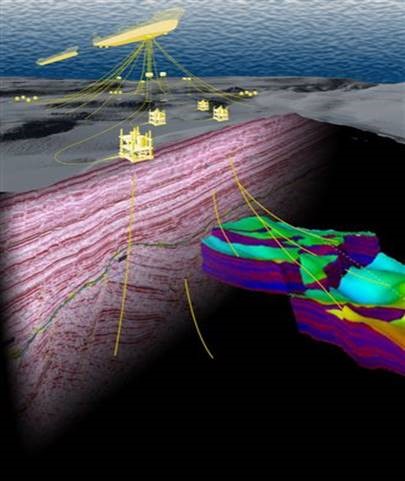CO2 for improved recovery
Chapter 3: Technical potential
Studies of CO2 injection for enhanced oil recovery (EOR) show positive results. A number of these assessments have been conducted by both the companies and the NPD to see how recovery from producing fields on the Norwegian continental shelf (NCS) could be increased by injecting CO2. However, insufficient supplies of this gas present a challenge. So does lack of experience from offshore Fields.
Three different studies have been carried out by the NPD in recent years to assess a possible EOR potential combined with CO2 storage on oil fields in the North Sea. This work has been presented and discussed at a number of conferences and seminars.
The first was a screening study of 23 North Sea oil fields, which updated an assessment made in 2005. The second covered three different fields with available CO2 of one-three million tonnes injected annually, and the third provided a more detailed study of a mature oil field in the North Sea where 0.7 million tonnes were injected per annum.
This work showed a potential for improving recovery over a range from four to 12 per cent, with an average of about seven per cent and a storage effect for CO2 in the reservoir of 70-100 per cent. That potential corresponds well with studies done by oil companies and research teams in Norway, as well as with international experience.
Offshore implementation
Several concepts can be considered for CO2 injection in mature fields. Uncertainty and risk relate primarily to platform conversion and the possible corrosive effect of CO2 and water on wells and process equipment. However, insufficient supplies of this gas present a challenge. So does lack of experience from offshore fields. The method has been used on land in the USA and Canada for many years, but in fields with much higher well densities than are found offshore.

Experience is needed to obtain a better overview of the real opportunities for improved recovery from CO2 injection on offshore fields. Many studies and much laboratory work have been carried out. To make further progress, pilot projects with CO2 injection on offshore fields are required. This could be done with small volumes of injection CO2 in parts or segments of a field. Such pilot projects could provide valuable experience with a view to large-scale injection in order to realise the extra oil potential.